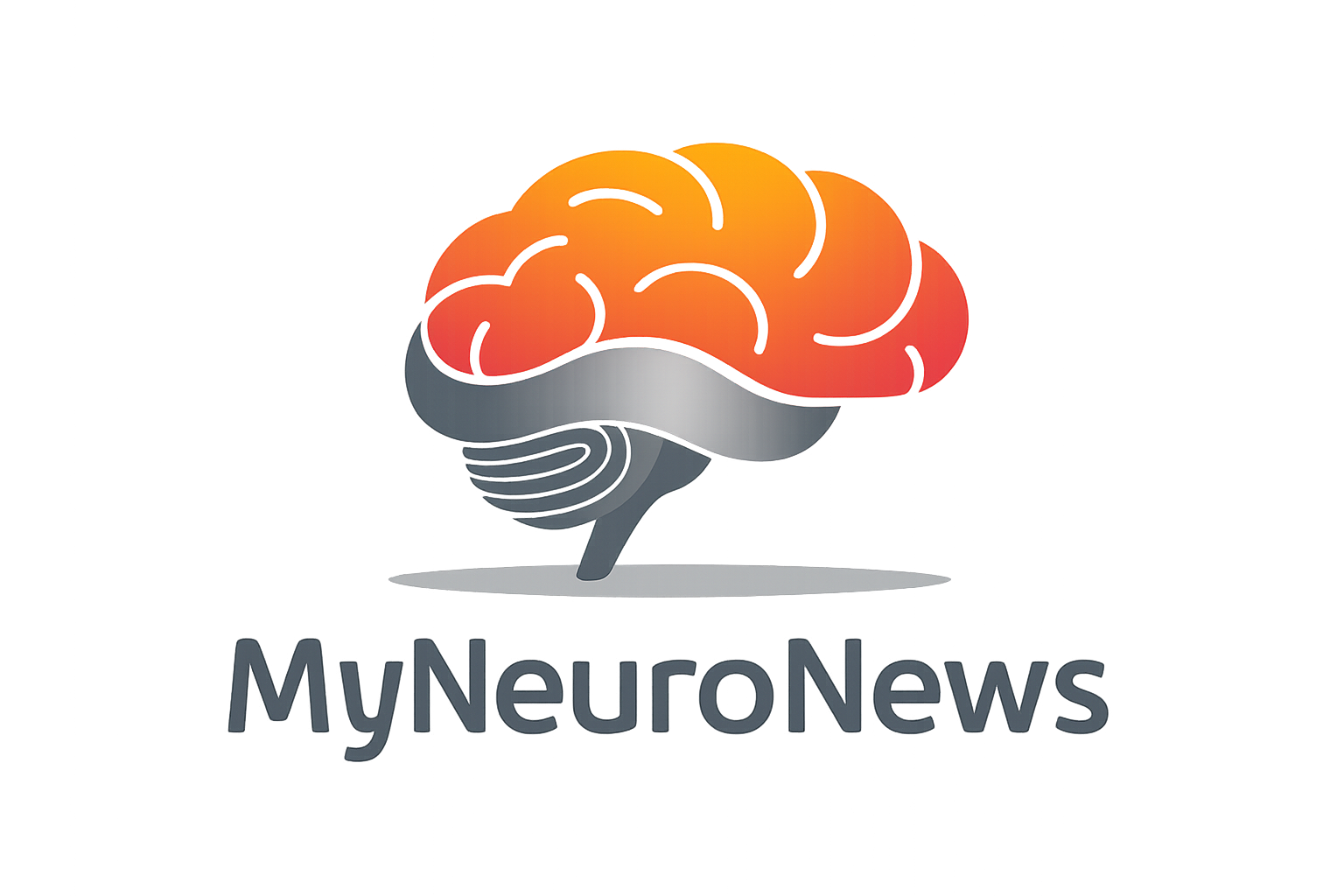Functional Neurological Disorders (FND) are complex conditions where patients exhibit neurological symptoms that are not explained by traditional organic brain disease. Misdiagnosis in FND is a significant issue due to the overlapping symptoms with other neurological and psychiatric conditions, leading to challenges in accurate diagnosis and appropriate management.
Challenges in Diagnosis
FND symptoms often mimic those of other neurological disorders, such as stroke or epilepsy, which can lead to misdiagnosis. For instance, functional symptoms are common in neurology outpatients, with a significant proportion of symptoms rated as only ‘somewhat’ or ‘not at all’ explained by disease[6]. Misdiagnosis rates are particularly notable in emergency settings where rapid decision-making is crucial. For example, patients with functional weakness are frequently misdiagnosed as having neurological diseases like multiple sclerosis or stroke, sometimes leading to inappropriate treatments such as thrombolysis[6][10].
Diagnostic Criteria and Misconceptions
Historically, FND was seen as a diagnosis of exclusion, which has shifted towards a diagnosis of inclusion based on specific clinical features[1][2]. This shift is crucial because it emphasizes the need for a thorough assessment that goes beyond simply ruling out other conditions. Misconceptions about FND, such as it being purely a psychological issue or that patients are feigning symptoms, further complicate the diagnostic process. These misconceptions are prevalent even among healthcare professionals, as evidenced by a study showing limited knowledge and numerous myths about FND among medical students and practitioners[5].
Case Studies and Learning Points
A notable case highlighted in the literature involved a 14-year-old initially diagnosed with FND, who was later found to have a rare genetic movement disorder (paroxysmal kinesigenic dyskinesia, PKD)[1]. This case underscores the importance of not relying solely on psychiatric comorbidity and suppressible symptoms to diagnose FND. Instead, a diligent assessment for specific features indicative of FND is essential. Such cases illustrate the critical need for extended follow-up and possibly genetic testing in ambiguous cases[1].
Impact of Misdiagnosis
The consequences of misdiagnosis can be severe, ranging from inappropriate treatment to significant psychological impact on the patient. Misdiagnosis can lead to unnecessary treatments and tests, which are not only costly but can also cause harm. For instance, the misdiagnosis of functional disorders as neurological diseases can lead to unnecessary neurological interventions[19].
Advances and Recommendations
Recent advances in neuroimaging and a deeper understanding of the pathophysiology of FND offer new insights that could improve diagnosis[4]. These include using neuroimaging to help differentiate FND from other conditions and to better understand its underlying mechanisms. Moreover, improving clinical skills rather than relying solely on technological advances is recommended to reduce misdiagnosis[2].
Conclusion
Misdiagnosis of FND remains a significant challenge in neurology, exacerbated by overlapping symptoms with other disorders and persistent misconceptions about the nature of FND. A nuanced understanding of FND, informed by recent research and improved diagnostic criteria, is essential for reducing misdiagnosis and improving patient outcomes. Clinicians are encouraged to adopt a detailed and patient-centric diagnostic approach, considering both psychological and neurological aspects of the disorder[1][2][4][5][6].
Citations:
[1] https://pubmed.ncbi.nlm.nih.gov/38515429/
[2] https://pubmed.ncbi.nlm.nih.gov/32295508/
[3] https://www.ncbi.nlm.nih.gov/pmc/articles/PMC8889866/
[4] https://www.ncbi.nlm.nih.gov/pmc/articles/PMC11050230/
[5] https://www.ncbi.nlm.nih.gov/pmc/articles/PMC10546105/
[6] https://pubmed.ncbi.nlm.nih.gov/23472501/
[7] https://pubmed.ncbi.nlm.nih.gov/36893796/
[8] https://www.semanticscholar.org/paper/faafd7c785308f51b2690a2e0fb5217ce36b8613
[9] https://pubmed.ncbi.nlm.nih.gov/21521209/
[10] https://pubmed.ncbi.nlm.nih.gov/31167232/
[11] https://www.semanticscholar.org/paper/6ba0740d881cba7dc00f28ccc2957fdca5d6168f
[12] https://www.ncbi.nlm.nih.gov/pmc/articles/PMC10661084/
[13] https://pubmed.ncbi.nlm.nih.gov/37307543/
[14] https://www.ncbi.nlm.nih.gov/pmc/articles/PMC8782816/
[15] https://pubmed.ncbi.nlm.nih.gov/32464427/
[16] https://www.ncbi.nlm.nih.gov/pmc/articles/PMC5344045/
[17] https://www.ncbi.nlm.nih.gov/pmc/articles/PMC6647145/
[18] https://pubmed.ncbi.nlm.nih.gov/37697728/
[19] https://www.semanticscholar.org/paper/d651468dac2a1409f2d2bfc9568c347bccae3418
[20] https://arxiv.org/abs/2310.03964

